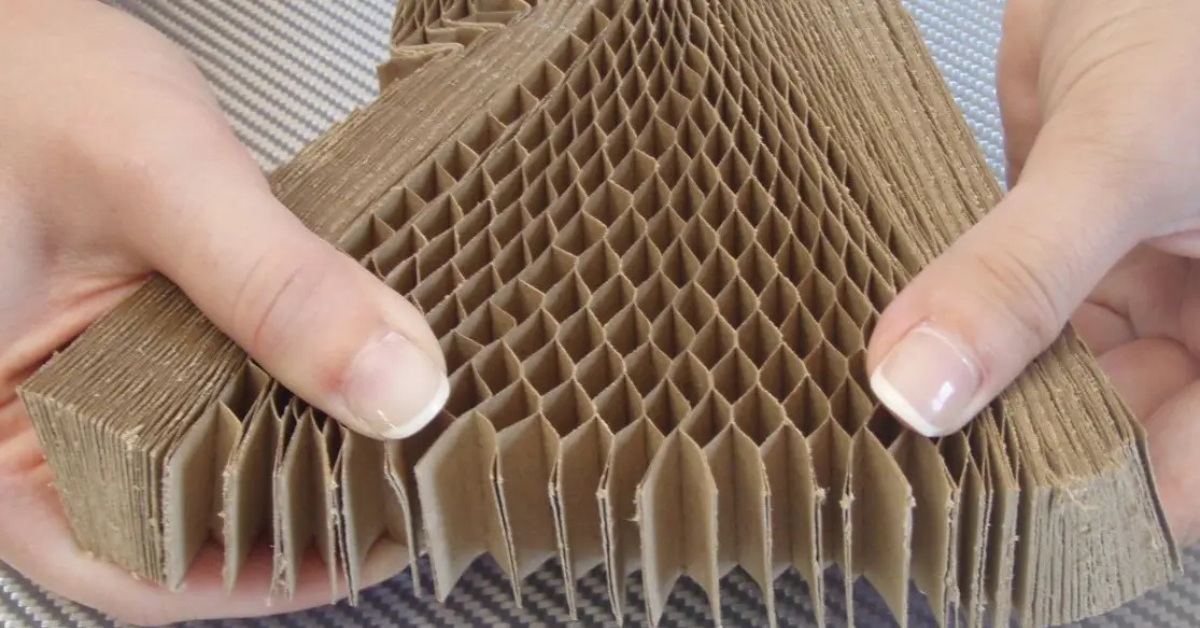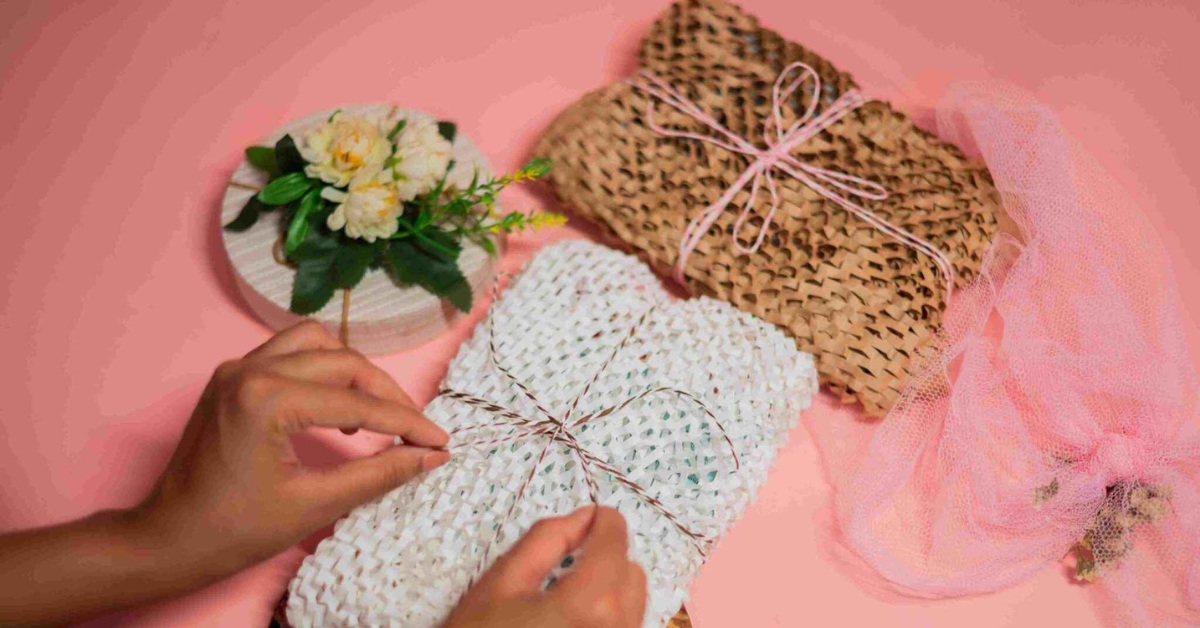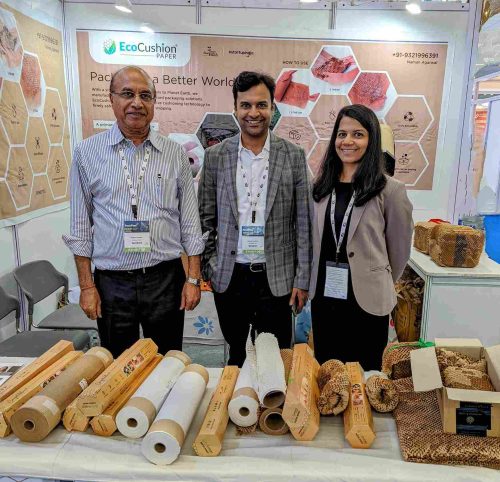How 1 Family Built a Startup Replacing Bubble Wrap with 100% Recyclable Honeycomb Paper
In the fight against single-use plastics, packaging is one of the biggest challenges. Though bubble wraps have been the go-to choice for the longest time because they are lightweight, inexpensive, and effective, they come at the cost of environmental damage. While cardboard boxes have become recyclable staples, plastics still dominate the inner protective packaging. But to solve this problem, a Mumbai-based startup is now proving that innovatively engineered paper can cushion just as well, without choking landfills.
At the centre of this change is ‘EcoCushion Paper’, a family-run business offering 100 percent recyclable honeycomb paper as a direct alternative to plastic bubble wrap. Their journey began during a routine house move in 2020, when 62-year-old Mahesh Agarwal found himself shocked by the volume of plastic required to pack his belongings.
He realised that there had to be a more eco-friendly solution. “And if there wasn’t,” he tells The Better India, “I would find one.”
How are they doing it?
1. Research until you find the right sustainable material
Mahesh, along with his children Varsha and Naman, dug deep into packaging alternatives. They discovered honeycomb paper, which is kraft paper cut in a way that expands into a flexible and shock-absorbing mesh. This solution became the base of their business.
 Honeycomb paper expands into a flexible and shock-absorbing mesh; Picture source: Fibermax
Honeycomb paper expands into a flexible and shock-absorbing mesh; Picture source: Fibermax
2. Use complementary skills to build a strong foundation
All the family members brought in their special skills to build this sustainable business. Naman’s experience in paper manufacturing helped them understand the material. Varsha brought business acumen. Together, they tested durability, stretchability, and the right grade of kraft paper to use.
3. Show your product’s effectiveness through real-world proof
To tackle doubts, they showed real-world durability. “We would drop ceramics and glass jars wrapped in honeycomb paper from a height of 6 ft, and they would still be in great condition. We have even done this with eight to nine kilograms of tables and paintings, and they have survived the fall,” says Varsha. They continue the on-ground tests to gain customer confidence.
 To tackle doubts, you must show the real-world durability of the products
To tackle doubts, you must show the real-world durability of the products
4. Educate your market through simple and visual content
Understanding the use of a new product, especially when replacing a familiar material like bubble wrap, can be a cause of doubt for many businesses. To bridge this gap, the EcoCushion Paper team created a ‘How to Wrap’ tutorial series on social media. These visual guides show step-by-step methods for wrapping everything, from delicate ceramics to large furniture. By making the process clear, practical, and accessible, they help small businesses gain confidence in switching to an eco-friendly alternative.
Key takeaways for aspiring eco-entrepreneurs
- Build a balanced team: Combine passion with expertise. You don’t need to know everything, but someone on your team should know the areas you have little idea about.
 All the family members worked together to build their brand ‘EcoCushion Paper’
All the family members worked together to build their brand ‘EcoCushion Paper’
- Test and demonstrate: If your product is new, clients need proof. You need to show real-world demonstrations to earn their trust and build a loyal customer base.
- Make learning easy: Whether it is social media videos or in-person demos, invest in educating your market so they know what they are buying.
Edited by Saumya Singh
News